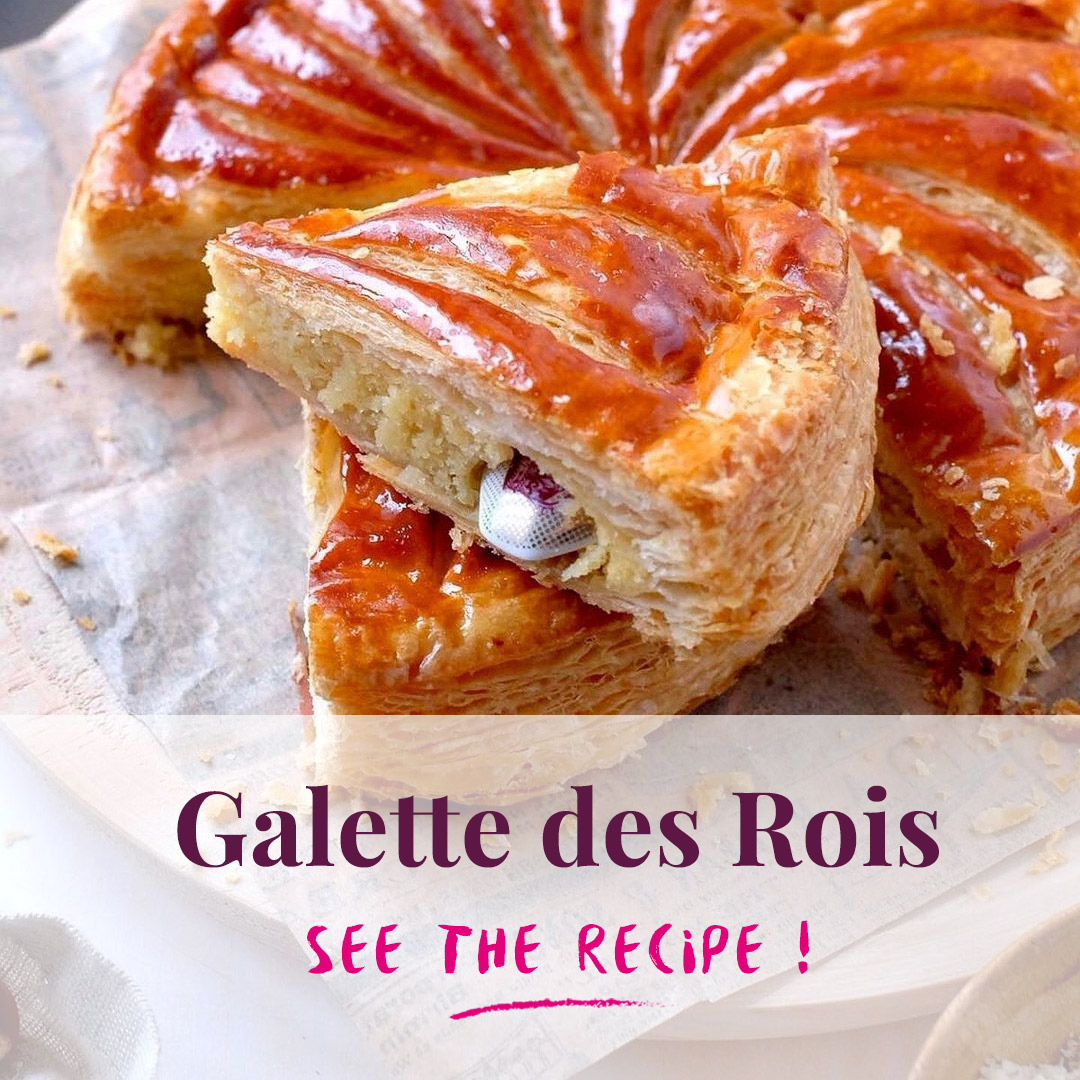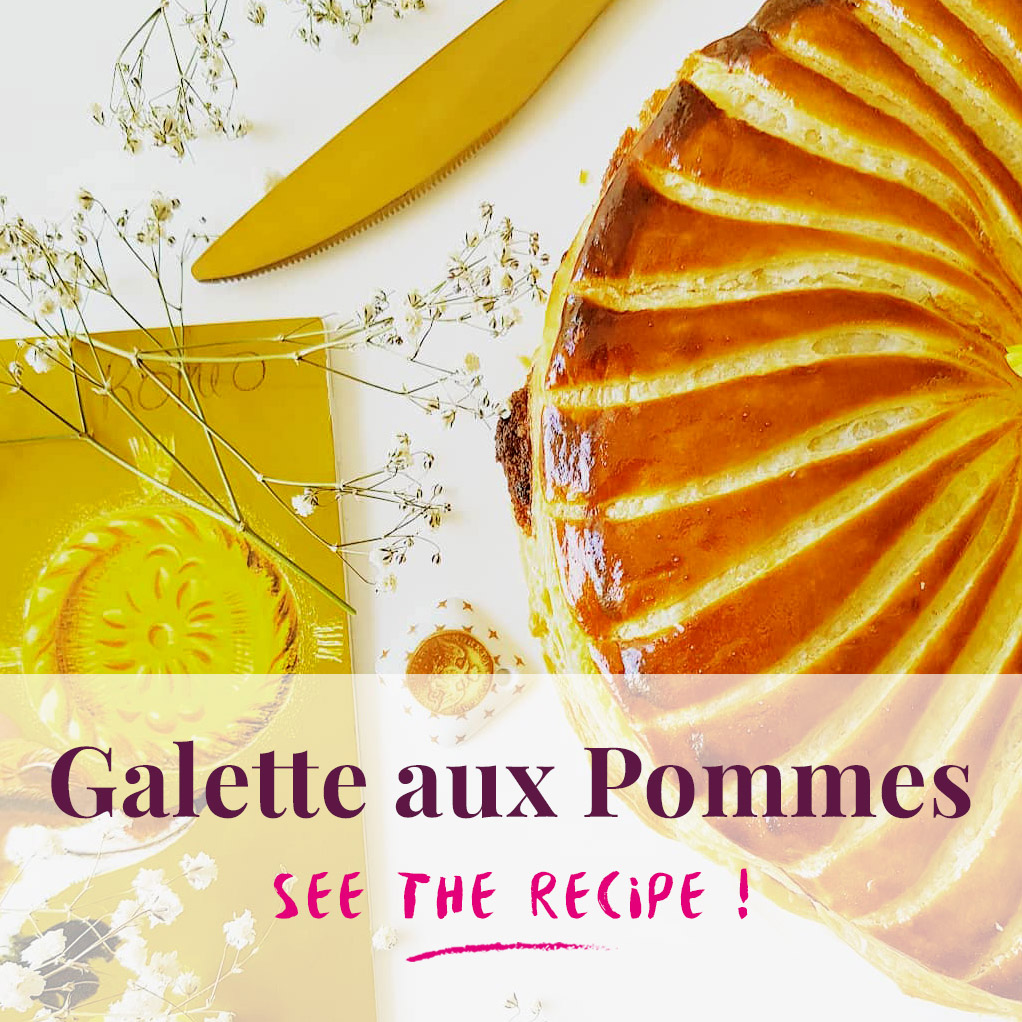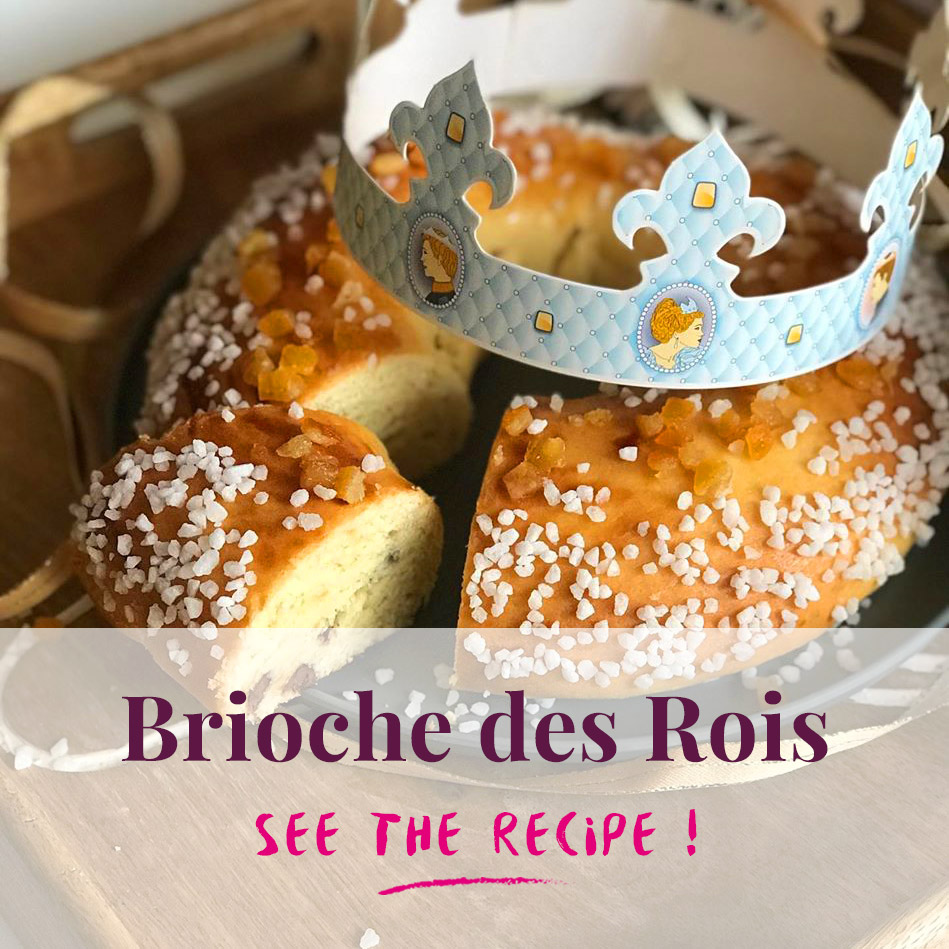French Traditions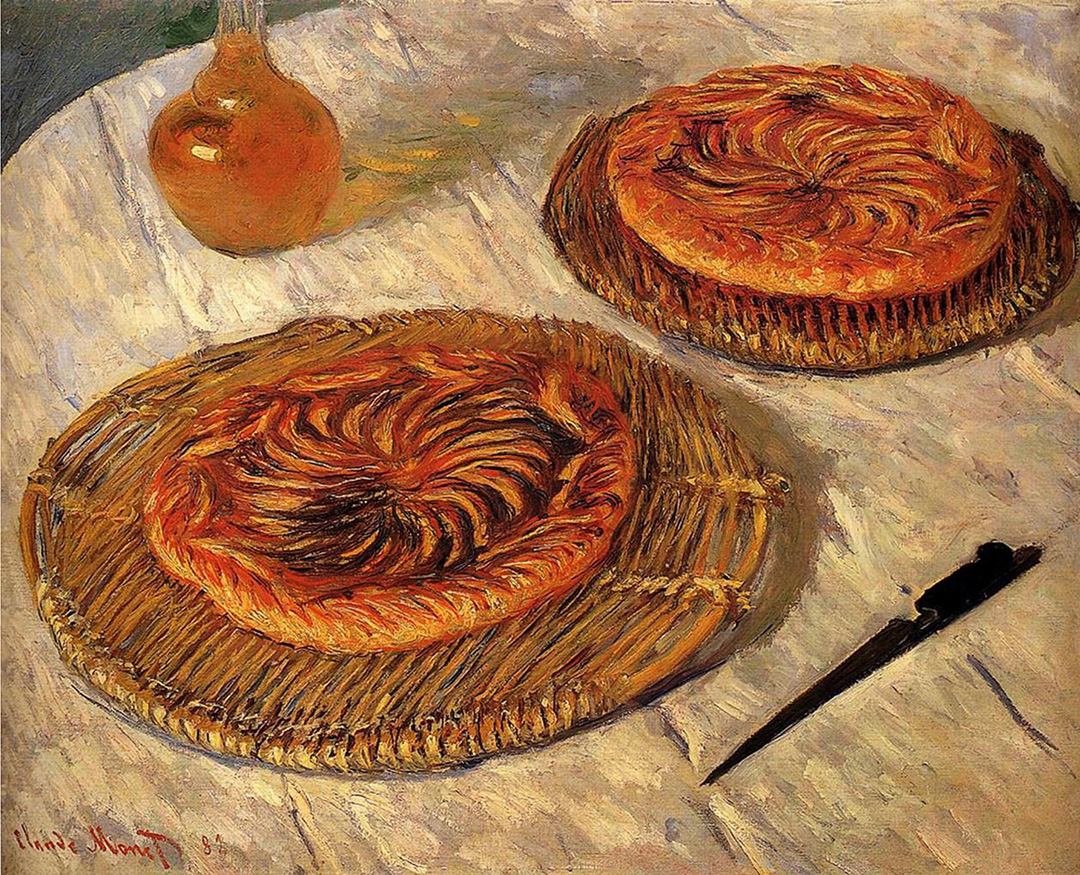 Claude Monet (1840-1926), Les Galettes, 1882  What is Epiphany? Epiphany is a feast day that commemorates the coming of the Three Wise Men who followed a rising star and travelled 12 days from the East to Bethlehem to visit the infant Jesus and to bear him precious gifts. This day coincides with Saturnalia, the ancient pagan festival in Rome which celebrates the winter solstice and the return of the sun with all sorts of festive activities and rituals. Since the Epiphany cake-sharing tradition dates back many centuries, no one knows the exact origins of this marvelous tradition. Some say that under the rule of King Louis XIII in the 14th century, the ladies of the court use to draw lots and the lucky winner became the queen for a day and could request a vow to the king – a tradition abolished by Louis XIV. Others say that monks in Besancon (Eastern France) were the first to replace the gold coin with a broad bean in their bread. The beans, which is the first vegetable to sprout after the winter solstice, were put in Kings’ cakes as a symbol of fertility. During the same period, the custom of “the king drinks” began to emerge. Whoever found the broad bean inside their slice of cake had to buy the whole assembly to a round of drinks. It is said that some would swallow the bean to avoid taking out their wallets. Thus appeared porcelain beans that are more difficult to swallow, some of which have become of high collectable value. Many customers order a cake with multiple porcelain miniatures inside and come back to the same bakery every week to complete their collection. Now, the fèves comes in all shapes and colors, and ArtFun charm collections can be worn and collected as a jewel. Each year, ArtFun French creators unleash their creativity by introducing new designs that will surely delight all those lucky enough to find the bean in their cake. What is the origin of La Galette des Rois? 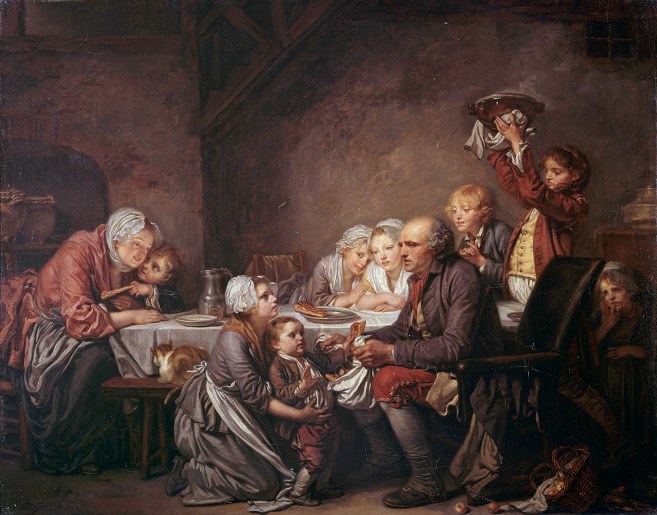 Jean-Baptiste GREUZE (1725 – 1805), Le gâteau des rois, 1774 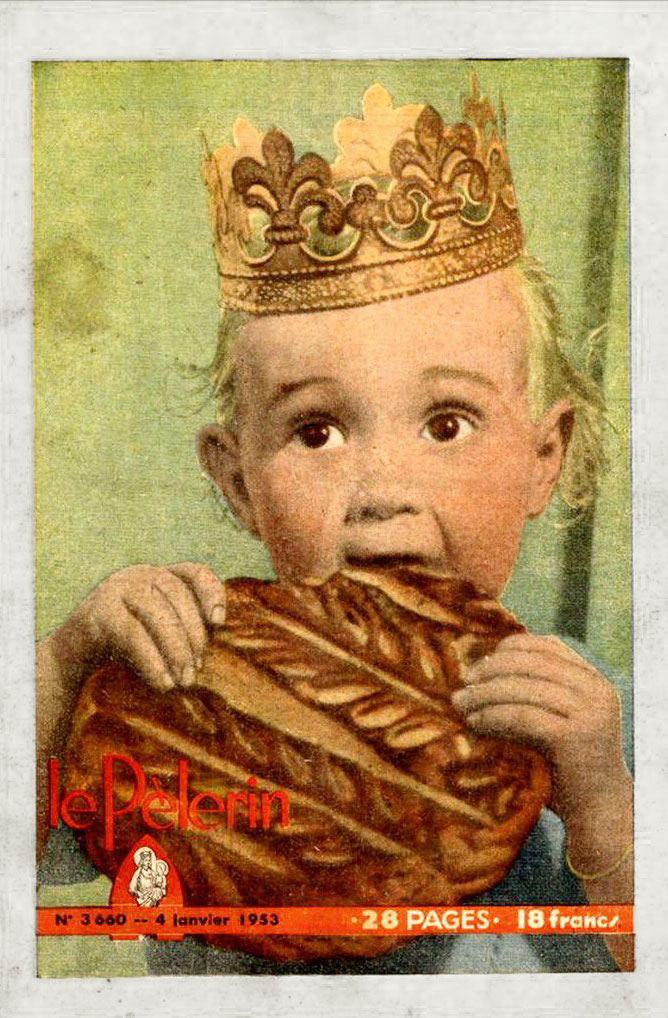 Le Pèlerin n°3660, 1953 Galette des Rois: a sweet French Tradition In modern times, the French enjoy the Galette des rois every year on January 6th, although they are on sale during the whole month of January in all French bakeries. Although many regional variations exist, the most popular version is a golden, round cake made of puff pastry (the same stuff used to make croissants) and filled with frangipane cream made of ground almonds, butter, egg & sugar. The idea is simple: the Epiphany cake is cut into slices and whoever finds the porcelain bean in theirs is named King or the Queen of the day! To prevent cheating, the youngest guest will sit under the table as the cake is divided and call out the name of the person to receive each slice, although many people still cheat so that the child gets the prize! They are also allowed to name his Queen or her King and technically boss everyone around for the rest of the day. They get to wear a paper crown and theoretically bosses everyone around all day. Did you know, in the past, the galette would be cut into several slices equal to the number of guests, plus one more for the poor? This last slice, called “the share of God”, “the Good Lord’s Piece” or “the share of the poor”, was reserved for the first beggar who came knocking at the door. How the tradition is celebrated throughout Europe? Over time, the practice of hiding trinkets in a cake became widespread in Europe, with endless variations of the King’s Cake appearing. For example, in Spanish-speaking countries, people celebrate Twelfth Night with a Roscón de reyes, a sweet bread which is often orange-blossom flavoured, filled with sweet whipped cream, topped with candied fruits or dried dates, and shaped like a giant donut! Similarly, Bolo-rei is a traditional Portuguese cake eaten from during Epiphany. In Greece and some Balkan and Eastern European countries, a small golden coin or medallion (called “flouri”) is baked inside the Vassilopita. In the German-speaking Switzerland, Three Kings Day is celebrated with Dreikönigskuchen (lit. “Three Kings Cake”) - a cluster of rolls that are arranged to shape a crown or a sun, lightly sweetened, flavored with citrus, and studded with raisins. 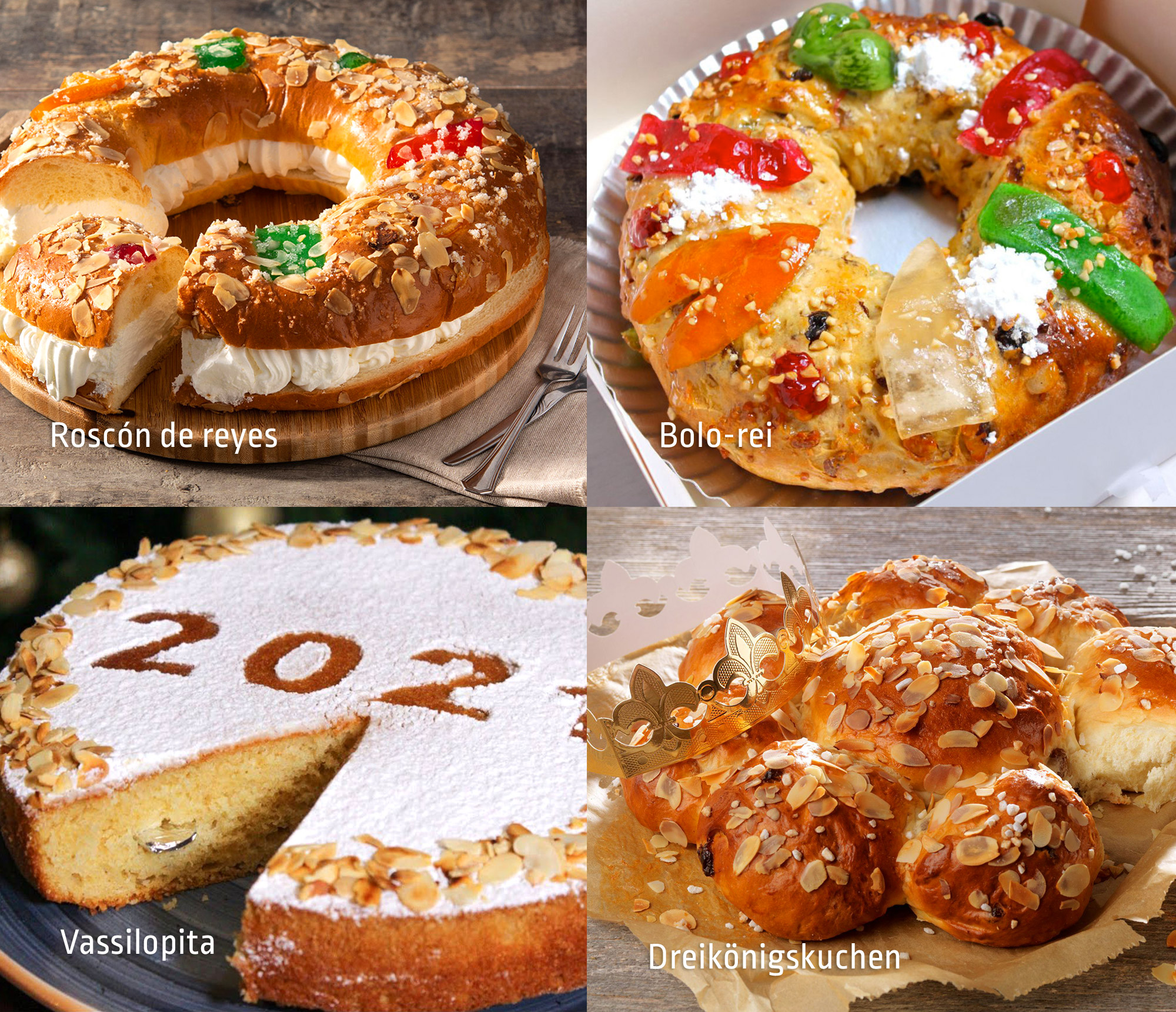 Recipes The key to making your delicious "Gâteau de Roi" is to add a beautiful porcelain miniature. Enjoy and don’t forget to send us photos of your home baking adventures at feve@artfun.paris! Bon appétit! Let's get Cookin'! |



